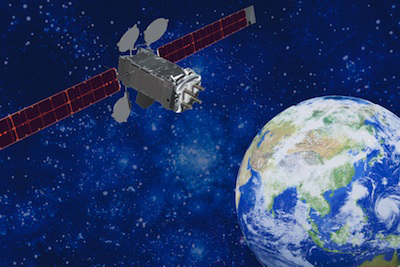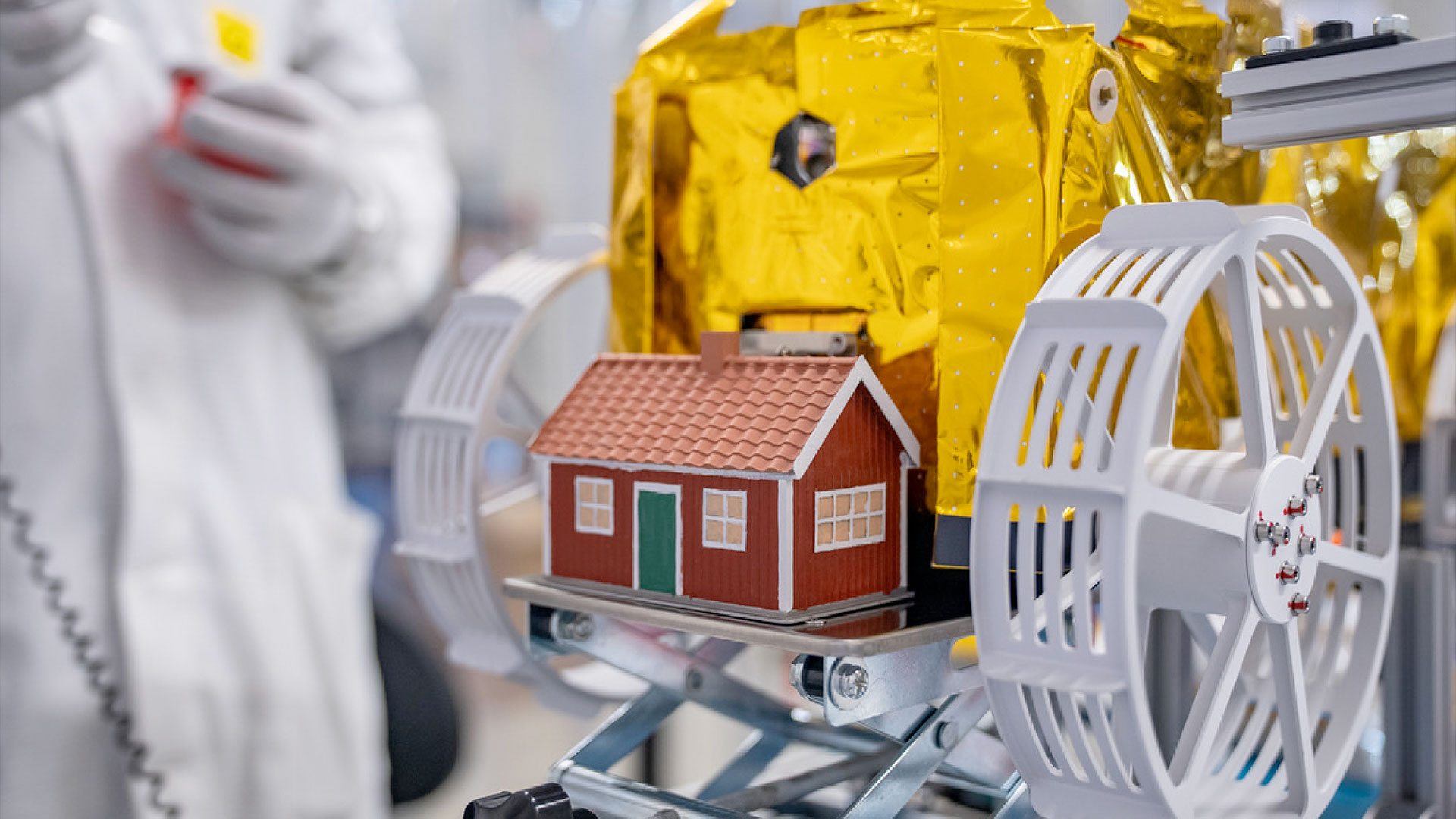Military & NASA Look to Partner With Commercial Satellite Industry

NEW YORK — In times of dwindling government budgets, the U.S. military, NASA and other federal agencies are increasingly looking to commercial companies for help getting satellites to space.
There is a growing movement among government agencies to start hitching more rides for space instruments aboard commercial spacecraft, rather than building their own completely autonomous satellites. Such a deal is known in satellite circles as a "hosted payload," because a commercial communications spacecraft might "host" an instrument for a Department of Defense (DOD) Earth-observation satellite, for instance.
"I think were at a pivotal point in the DOD in terms of our relationship and the best path forward, and I think what's important right now is an open dialogue," Lt. Gen. Ellen M. Pawlikowski, commander of the Space and Missile Systems Center at Air Force Space Command, told an audience of commercial satellite industry insiders this month at the 2012 Satellite and Content Delivery Conference and Expo here. "You've got a lot of satellites up there and I sure would like to hitch a ride."
NASA, too, wants in on the action.
"We know we can't do everything alone at NASA," the agency's deputy chief Lori Garver said. "We look within the U.S. tax dollar to get you the best benefit by first looking across agencies and then looking to our industry partners."
This kind of commercial partnership also fits into NASA's larger initiative to work with the private space industry on human spaceflight as well. For example, NASA has teamed with commercial companies such as SpaceX and Orbital Sciences Corp. to build private space taxis capable of carrying astronauts to the International Space Station. [Now Boarding: The Top 10 Private Spaceships]
The main attractions of the hosted payload scheme are the price and the wide availability of commercial satellite hosts (around 80 commercial satellite launches are planned for the next five years, Pawlikowski said). Plus, eliminating the need to design a whole new spacecraft from the ground up for each new launch makes sending up new instruments easier and quicker.
Get the Space.com Newsletter
Breaking space news, the latest updates on rocket launches, skywatching events and more!
"It's not just the budget — it's accelerating the science," Garver told SPACE.com. "You can have more science, more quickly."
Still, some government satellites aren't ideal for hosting on private vehicles. Many of the military's communications satellites, for example, are too large and heavy, and require too much power, to easily cohabitate with commercial communications satellite, which are also power-hogs, Pawlikowski said.
Nonetheless, the Space and Missile Systems Center sees a public-private partnership in space as such a promising idea that it's opened a dedicated hosted payloads office to look into opportunities for collaboration. And Garver said NASA plans to work through that same office to arrange deals of its own.
"We see hosted payloads as a huge opportunity, but we're anchored in the reality of the situation," Pawlikowski said. "It's got to be the right match. We really see that commercial satellites will play a key role. It's not a question of whether they will, it's just how they will."
You can follow SPACE.com assistant managing editor Clara Moskowitz on Twitter @ClaraMoskowitz. Follow SPACE.com on Twitter @Spacedotcom. We're also on Facebook & Google+.
Join our Space Forums to keep talking space on the latest missions, night sky and more! And if you have a news tip, correction or comment, let us know at: community@space.com.

Clara Moskowitz is a science and space writer who joined the Space.com team in 2008 and served as Assistant Managing Editor from 2011 to 2013. Clara has a bachelor's degree in astronomy and physics from Wesleyan University, and a graduate certificate in science writing from the University of California, Santa Cruz. She covers everything from astronomy to human spaceflight and once aced a NASTAR suborbital spaceflight training program for space missions. Clara is currently Associate Editor of Scientific American. To see her latest project is, follow Clara on Twitter.
